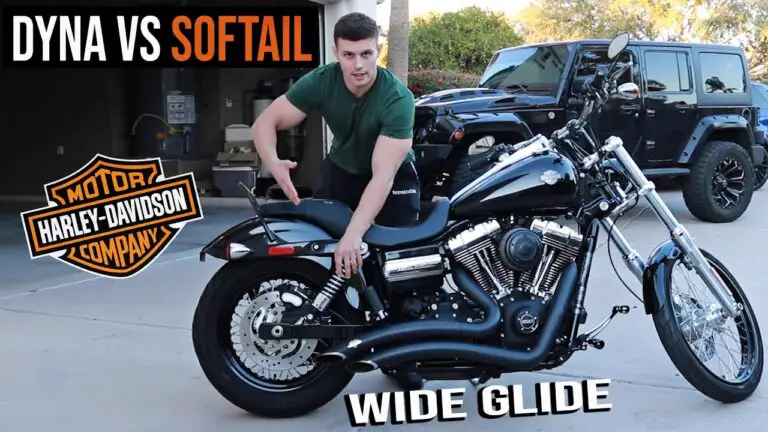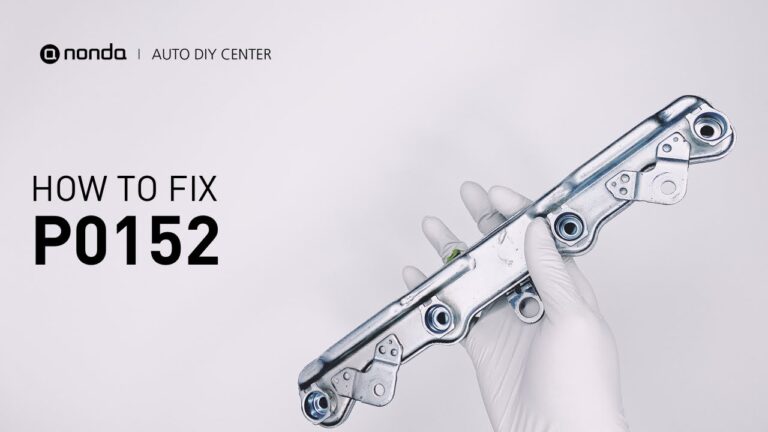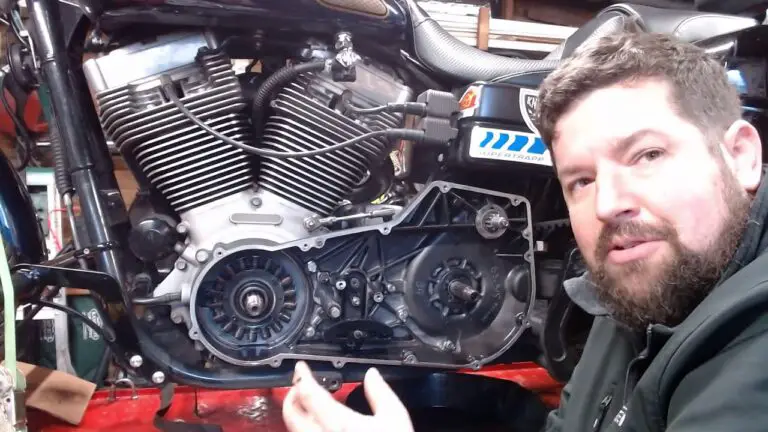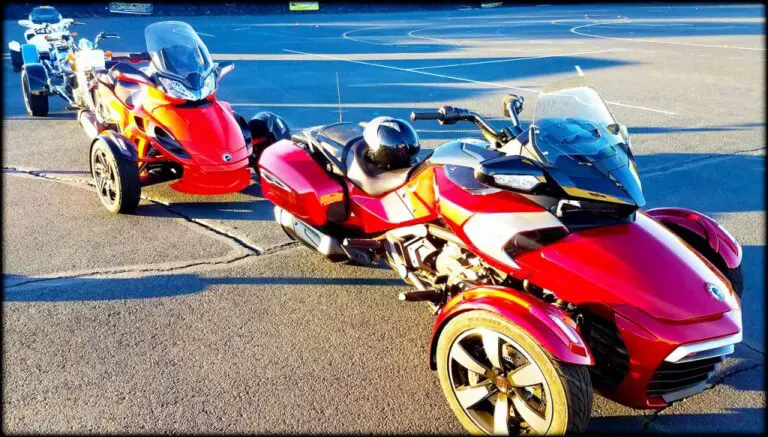A motorcycle with no power, despite a good battery, likely has an electrical or fuel system issue. Common problems include a bad starter relay, faulty ignition switch, clogged fuel filter, or a malfunctioning stator.
Experiencing a loss of power on your motorcycle can be a perplexing issue, especially when the battery checks out okay. Riders often overlook the intricate network of components that must work harmoniously for the engine to come to life. From the electrical circuitry that facilitates the spark to the fuel system delivering the necessary combustion mixture, each subsystem plays a critical role.
Diagnosing the issue requires a methodical approach, ruling out common culprits one by one. Starting with the simplest checks, such as ensuring the kill switch is in the correct position, to more complex investigations involving the charging system and fuel delivery, pinpointing the exact cause demands both patience and a basic understanding of motorcycle mechanics. Identifying and resolving the root cause will quickly restore the thrilling experience of riding with full power.
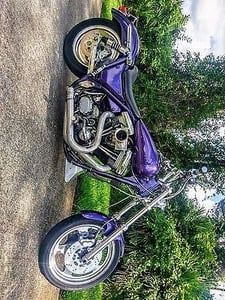
Credit: www.hdforums.com
Introduction To Motorcycle Power Issues
Motorcycle power issues can stump even seasoned riders. A motorcycle with no power, yet a fully charged battery suggests an issue lies elsewhere. The motorcycle electrical system is complex, comprising the battery, wiring, and ignition components. Each plays a crucial role in power delivery.
Symptoms of power loss include weak starting, dim lights, and erratic engine behavior. These symptoms can easily lead riders to suspect their batteries first. Conversely, a good battery doesn’t always mean ample power delivery. Problems may lurk in the alternator, fuses, or wiring. Furthermore, corroded connections or a malfunctioning regulator/rectifier impact power, despite a battery’s health.

Credit: www.ebay.com
Diagnosing The Source Of Power Loss
A motorcycle that won’t run, even with a good battery, can be confusing. It is important to check the battery further. Test the battery’s ability to hold a charge.
Fuses and relays play a key role in power flow. Always inspect them for any damage or corrosion. They could be the culprits for power issues.
Ignition system problems can prevent starting. Check the spark plug cables and coils. Look for any visible signs of wear or damage.
For a bike that turns over but won’t start, assess the fuel system. Ensure the fuel pump is operational. The filter should be clean, and fuel should flow properly.
Finally, don’t forget the charging system. A working alternator is vital. It powers the bike when running and charges the battery.
Troubleshooting Other Potential Culprits
Motorcycle power issues aren’t always about the battery. Starter motor or solenoid defects can prevent an engine from turning over. The click you hear when trying to start might signify this issue. Inspect electrical connectors and wiring for wear and visible damages. Corrosion or loose ground connections often disrupt the current flow, causing power loss. The engine control unit (ECU) and sensors must work correctly to manage power. If they malfunction, the motorcycle may not start. Aftermarket accessories, like high-demand lights, can also draw too much power.
Repair And Prevention Strategies
Facing a motorcycle power issue? Check the spark plugs first. Dirty or damaged spark plugs often cause power problems. Next, inspect the fuel system for any blockages or leaks. It might be a clogged fuel filter reducing the power flow. For electrical issues, ensure the fuses and wiring are in good condition.
Still no luck?
- Examine the ignition switch for wear and tear.
- Test the motorcycle’s charging system.
- Look for any loose connections that may interrupt power.
Consistent maintenance is key to avoiding these issues. Regularly check all components mentioned. Replace parts showing signs of age or damage. For upgrades, consider higher quality spark plugs or a more robust charging system.
Unsure about a repair? Seeking help from a professional mechanic is wise. They can diagnose and fix problems beyond basic troubleshooting. Their expertise ensures your motorcycle remains reliable and safe to ride.
Conclusion: Ensuring A Smooth Ride
A healthy motorcycle battery might not ensure a powerful bike ride. Regular checks are key. Spark plugs, fuel filters, and the charging system need attention. Not forgetting clutch cables and brake systems; they need care too.
Routine inspections are vital for riders who value safety. A well-maintained bike provides reliability. It avoids sudden power loss.
Riders should have a checklist for motorcycle power health. Items on this list should include battery condition, cable connections, and checking for worn parts. Don’t ignore strange noises or engine behavior. They call for immediate action. Stay alert to signs of power issues. Address them before your next ride.

Credit: m.youtube.com
Frequently Asked Questions On Motorcycle Has No Power But Battery Is Good
What Can Cause A Motorcycle To Have No Power?
A motorcycle can lack power due to a clogged air filter, dirty fuel system, spark plug issues, or exhaust blockages. Battery problems or a faulty ignition system can also lead to power loss. Regular maintenance checks can help prevent these issues.
Why Is My Bike Not Getting Any Power?
Your bike might not be getting power due to a dead battery, loose connections, a faulty ignition switch, or a blown fuse. Check these components to diagnose the issue.
Why Is My Motorcycle Not Starting But Battery Is Fine?
Your motorcycle may not start despite a good battery due to issues like a faulty ignition switch, clogged fuel filter, bad spark plugs, or a malfunctioning starter motor. Check these components to diagnose the problem.
Why Is There No Power When I Turn The Key?
No power when turning the key could indicate a dead battery, loose connections, a bad ignition switch, or a faulty starter. Check your battery and connections first.
Conclusion
Experiencing a loss of power on your motorcycle can be perplexing if the battery checks out. It’s essential to consider factors like the fuel system, electrical connections, and the ignition. Remember, routine maintenance can prevent these issues. Don’t let a good battery fool you—dive deeper to keep your ride smooth and reliable.
Keep riding safely!

